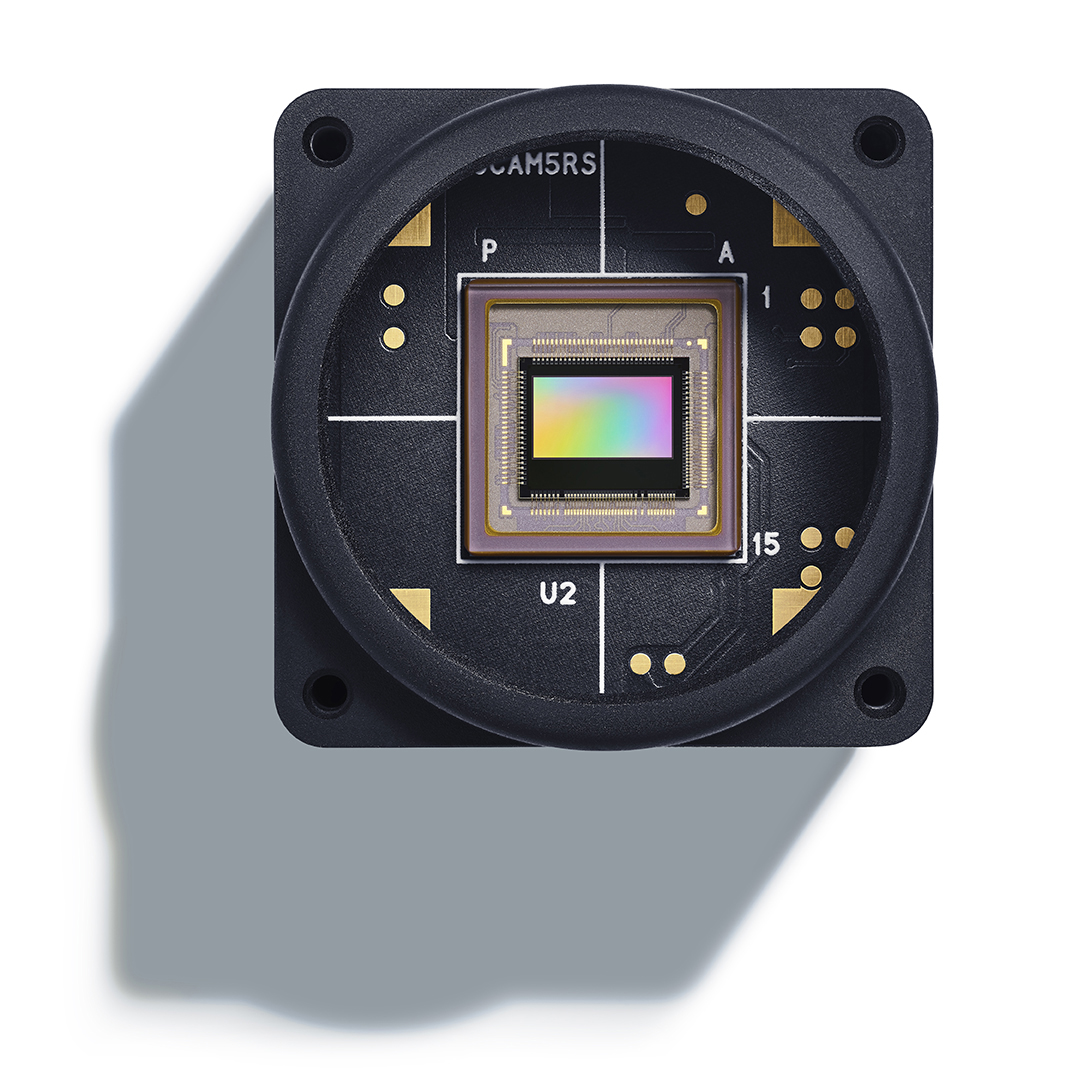RE-INTERPRETING THE STEP-RESPONSE PROBABILITY CURVE TO EXTRACT FUNDAMENTAL PHYSICAL PARAMETERS OF EVENT-BASED VISION SENSORS
UZH/ETH ZURICH, AIR FORCE RESEARCH LABORATORY
Brian J. McReynolds, Rui Graca, Lucas Kulesza, and Peter McMahon-Crabtree
ABSTRACT
Biologically inspired event-based vision sensors (EVS) are growing in popularity due to performance benefits including ultra-low power consumption, high dynamic range, data sparsity, and fast temporal response. They efficiently encode dynamic information from a visual scene through pixels that respond autonomously and asynchronously when the per-pixel illumination level changes by a user-selectable contrast threshold ratio, θ. Due to their unique sensing paradigm and complex analog pixel circuitry, characterizing Event-based Vision Sensor (EVS) is non-trivial. The step-response probability curve (S-curve) is a key measurement technique that has emerged as the standard for measuring θ. Though the general concept is straightforward, obtaining accurate results requires a thorough understanding of pixel circuitry and non-idealities to correctly obtain and interpret results. Furthermore, the precise measurement procedure has not been standardized across the field, and resulting parameter estimates depend strongly on methodology, measurement conditions, and biasing – which are not generally discussed. In this work, we detail the method for generating accurate S-curves by applying an appropriate stimulus and sensor configuration to decouple 2nd-order effects from the parameter being studied. We use an EVS pixel simulation to demonstrate how noise and other physical constraints can lead to error in the measurement, and develop two techniques that are robust enough to obtain accurate estimates. We then apply best practices derived from our simulation to generate S-curves for the latest generation Sony IMX636 and interpret the resulting family of curves to correct the apparent anomalous result of previous reports suggesting that θ changes with illumination. Further, we demonstrate that with correct interpretation, fundamental physical parameters such as dark current and RMS noise can be accurately inferred from a collection of S-curves, leading to more accurate parameterization for high-fidelity EVS simulations.







